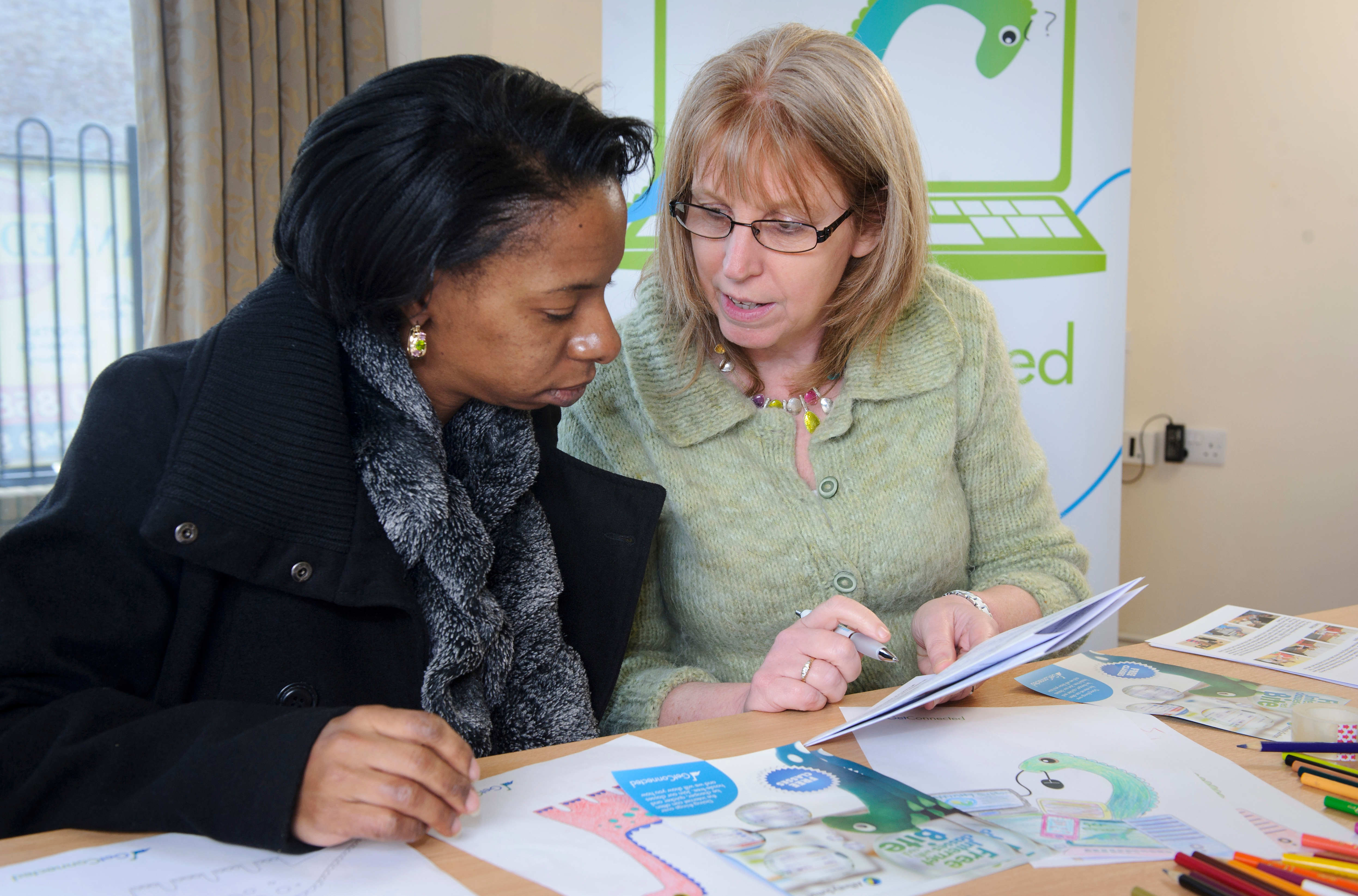You may already know exactly what you need to provide to help your target audience but if you're not sure, some research will help you identify the groups of people you would like to help, or the topic or issue you want to tackle.
The data shows that the older you are and the poorer you are, the more likely you are to be digitally excluded. People over the age of 70 are significantly less likely to use the internet than younger people. Other factors like disability, skills, income, motivation and confidence also play a part. And if a person experiences more than one of these barriers, the likelihood of them being digitally excluded increases. We have lots of facts and stats on digital inequality you may find helpful. Here are some tips and links to help you with your research:
1. Do some background research
This will help you narrow down your focus (although digital exclusion is a complicated and subtle issue, so don't rely entirely on desktop research). To begin you could look at:
2. Ask people what they want
Get out and talk to people at residents coffee mornings, in local libraries, or at local events - anywhere where people gather. Sometimes people don't really know what they want, so asking open ended questions might give you better results than a survey. As an example, try asking them what one thing they think they would like to use the internet or device for.
Remember, though, the people you are trying to target will have low levels of digital skills so won't always understand what it's possible to do online, so they may not know what specific skills will help them. You an also ask them about areas of interest or hobbies, and explore together how digital skills could help them with this.
It’s about taking things away from facts and figures and putting a bit of life and reality into the situation. And that uncovers the real challenges and barriers that people are facing. It was that more in-depth research, having conversations with residents, with people working with them. It’s so worthwhile and it changed our perspective.
Chloe Johnstone
On planning the Digital Kent strategy
3. Link up with existing groups
Community groups are a valuable place to reach people but also to find out the most pressing issues in your local community. Some local areas in the UK have their own Voluntary Sector Community Association, use this map to find if there's one local to you: www.navca.org.uk/find-a-navca-member.
Don't try and compete with what's already on offer, use your own strengths and those of existing organisations and look for ways to co-ordinate and collaborate.
4. Give things a go, but review regularly
It can take a long time for people to feel comfortable with something new, so don't give up if what you're doing isn't an overnight success. It might not be the wrong offer, it might just take time. Start small, take feedback onboard and tweak adapt as you begin to grow. If you are unsure what to offer drop-in sessions, with one-to-one support, can build confidence with learners.
Go to Step 6: Recruit Digital Champions

